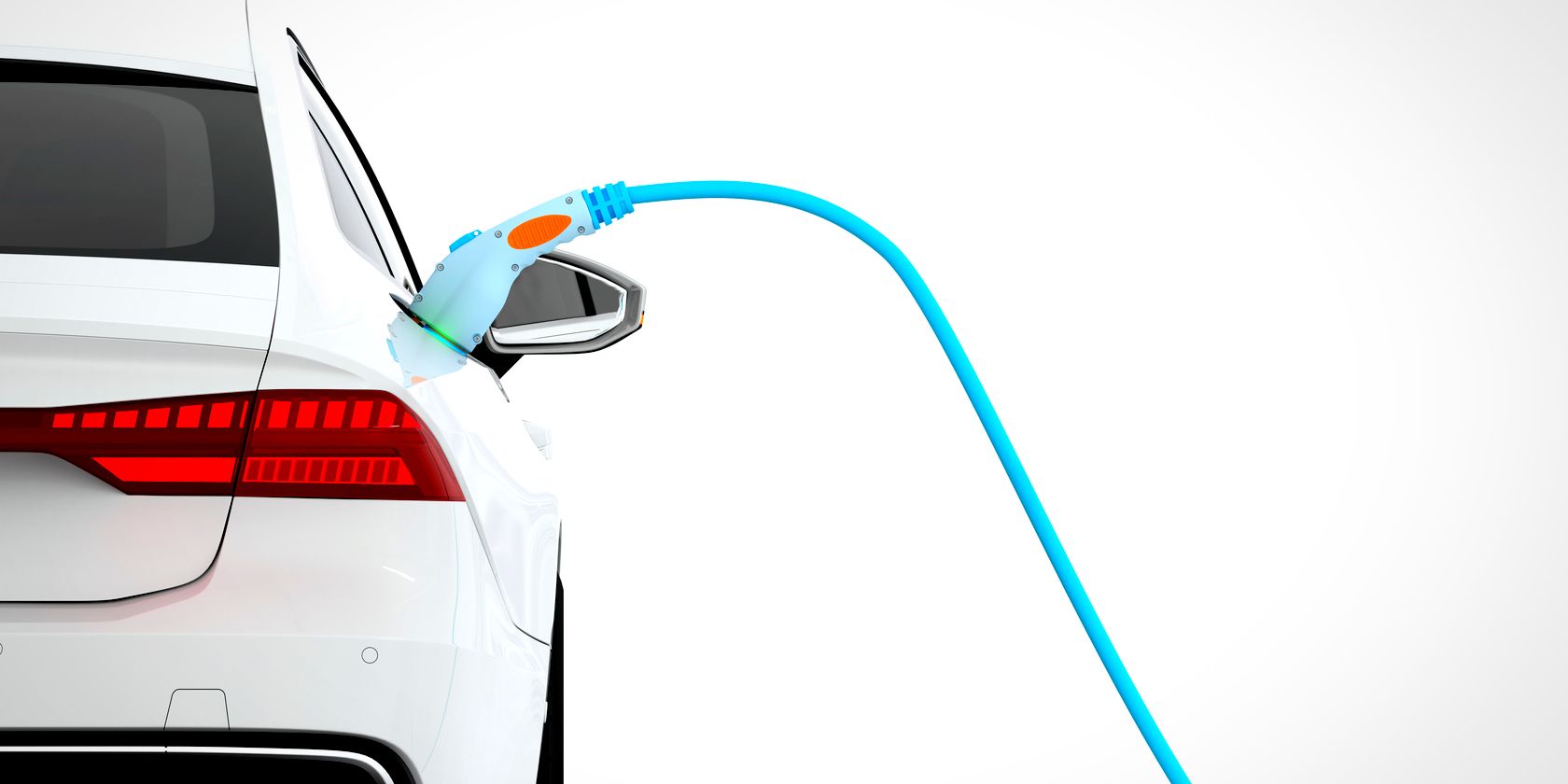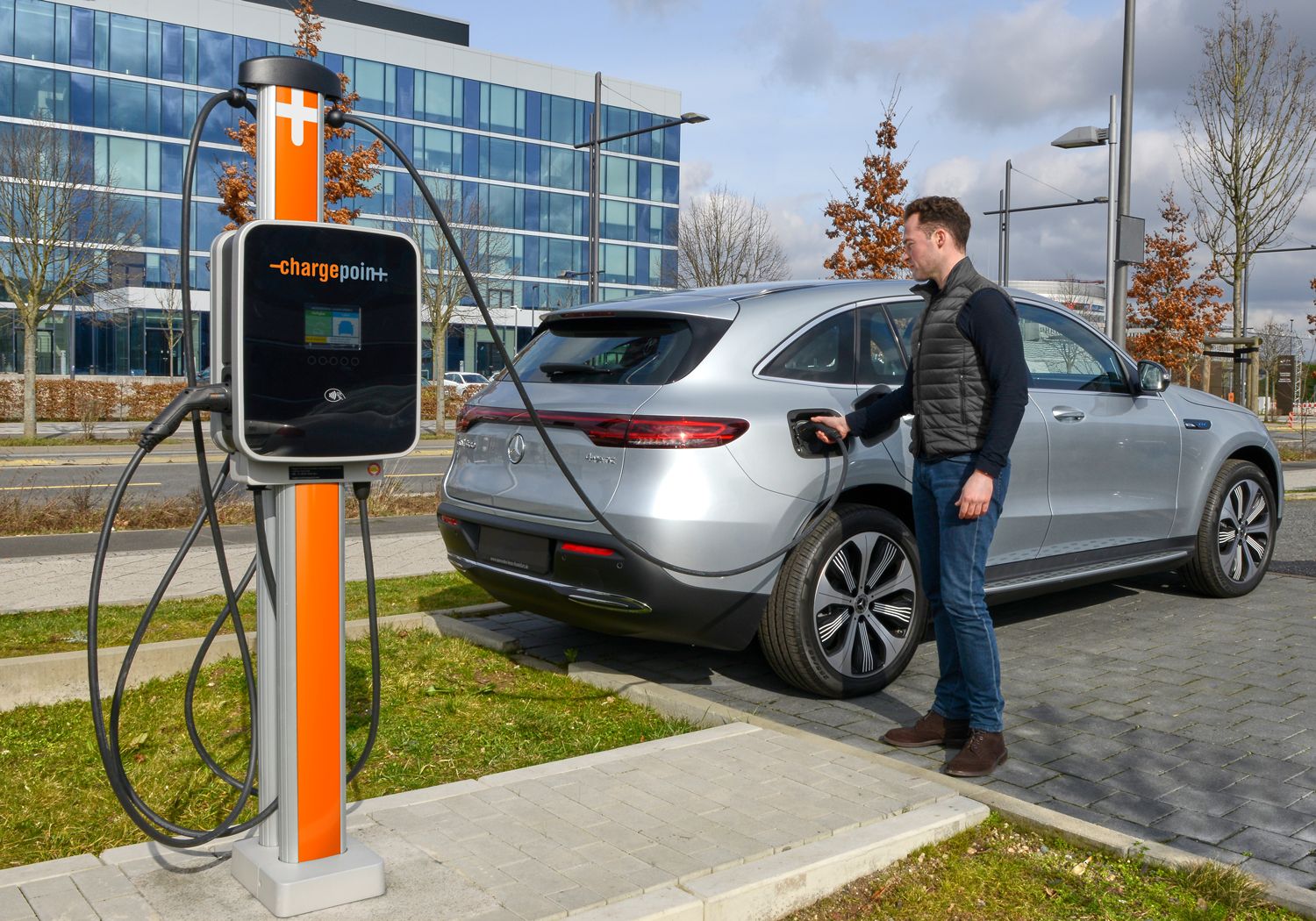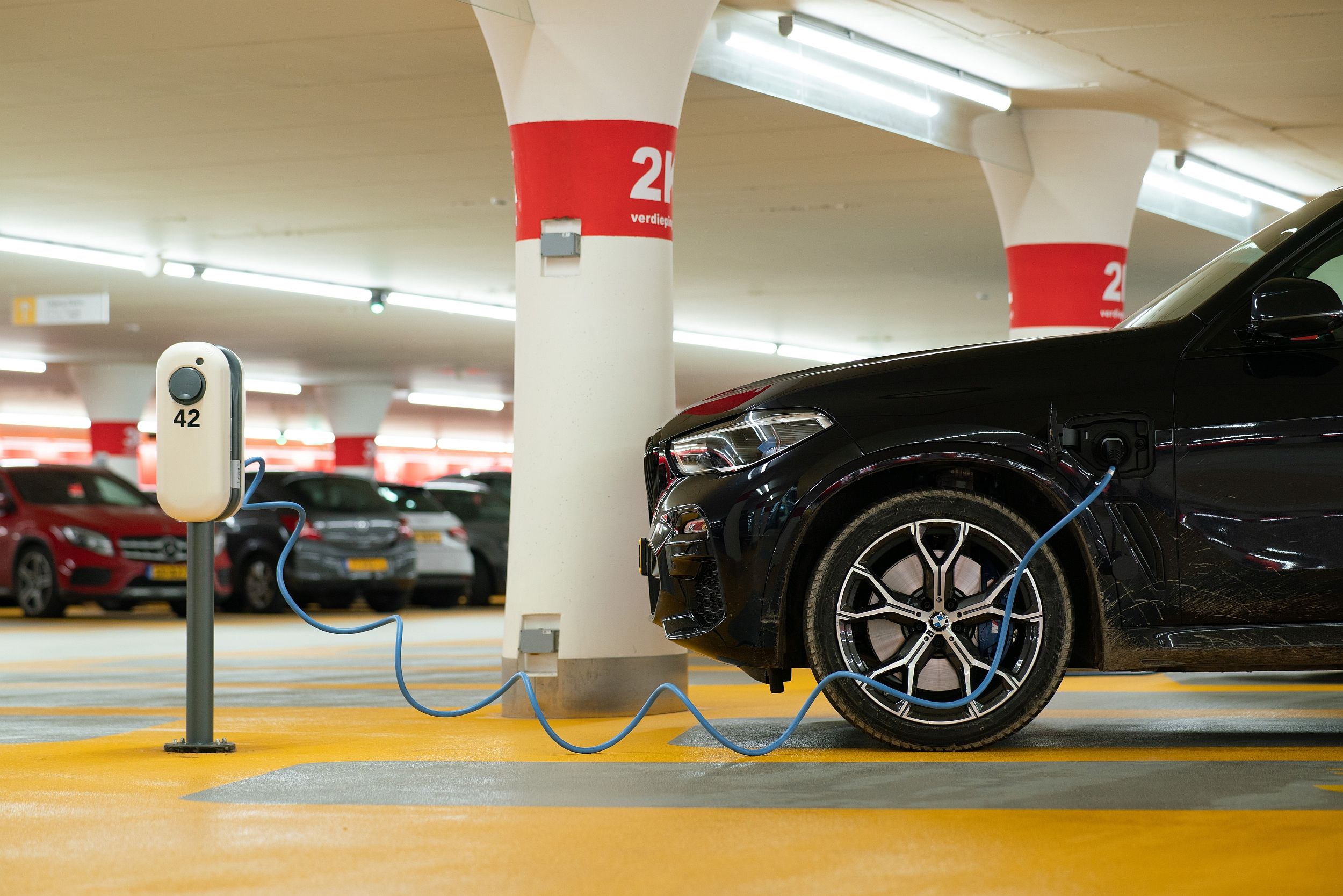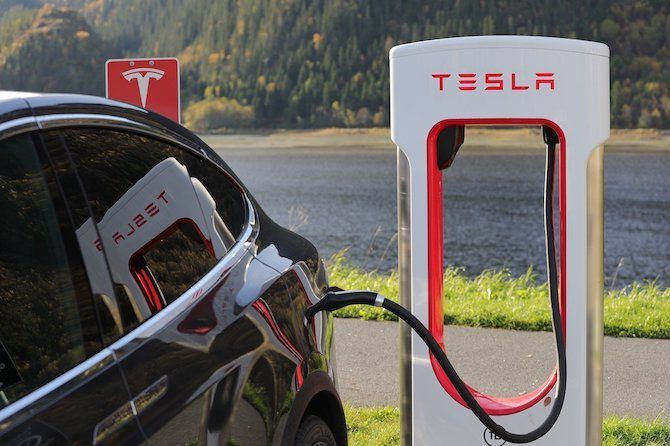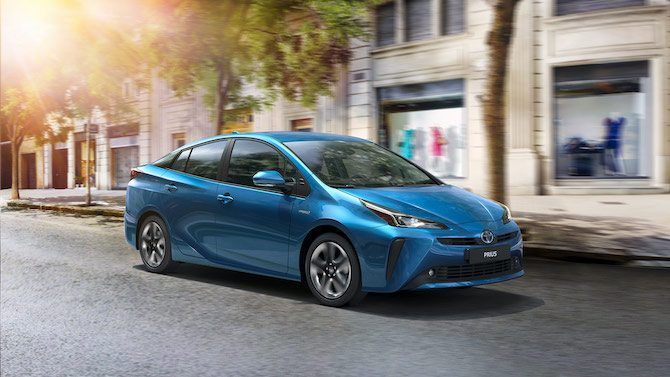Motor vehicles have changed the way we move around the world. Yet, while the benefits of modern transport are undeniable, burning gasoline to fuel the engine contributes to human-caused climate change. That's not to mention the ill-health caused by high pollution levels.
Many manufacturers have shifted towards electric rather than gas vehicles to overcome these issues. Much like your smartphone, these rely on rechargeable batteries to power the car. Now that the technology has become more affordable and mainstream, you may be considering an electric vehicle.
Before you invest, it's essential to know what an electric vehicle is and how it works.
What Is an Internal Combustion Engine?
Today, the vast majority of vehicles on the road use an Internal Combustion Engine (ICE). Once you've topped your car up with gasoline, turning your key in the ignition creates a spark that ignites the gas inside the engine's chamber. As a result, there is an increase in heat and pressure inside the engine. In turn, this creates movement of the pistons. This mechanical force is used to power the vehicle.
The burning of fuel does not, in itself, create movement. However, the by-product of combustion is harnessed to create mechanical movement. This process is effective but inefficient. On average, ICE vehicles are only 20 percent efficient, meaning most of the energy is lost. Additionally, the waste products created by this combustion are harmful to people and the environment.
Over the decades, manufacturers have improved the efficiency and cleanliness of ICE vehicles. Catalytic converters, improved fuel purity, and technological progress have contributed to a slight reduction in the harmful side effects of ICEs. However, it's become increasingly clear that we've reached a point of diminishing returns.
There is a growing awareness of human-caused climate change and the health impact of pollution. We need to move away from ICE-powered transportation to address both of these issues. That's where electric vehicles come in.
How Does an Electric Car Work?
Unlike their ICE counterparts, electric vehicles (EVs) are powered by rechargeable batteries. As a result, they don't burn fuel and so lessen the environmental impacts of road transport. There is little to distinguish EVs from ICE vehicles visually. However, beneath the familiar exterior, EVs require entirely different setups.
Your current car has a battery under the bonnet, but it doesn't power the car. Instead, it is charged by the engine and used to power lights, dashboard, and onboard electronics. However, your car is driven by an engine. Whereas electric vehicles are equipped with multiple large batteries that store electricity to power the car.
An EV uses these batteries to power an electric motor, which gives the car motion. As a result, there is no need for a traditional engine. Design considerations also mean that batteries must be placed strategically around the chassis rather than front-loaded. As a result, the EV power system is distributed throughout the vehicle. As with traditional options, EVs are found in front and rear-wheel drive, as well as four-wheel drive if two motors are used.
You can recharge your EV either at home or at a charging station. Additional power is recaptured through processes like regenerative braking. However, critics of electric cars often say that although you've eliminated local pollution, the electricity still needs to be produced, and this only pushes the issue elsewhere.
Powering an Electric Vehicle
While that is the case, it doesn't invalidate the benefits of an EV. Pollution is a local issue, and streets clogged with ICE-powered cars often contribute to ill-health. Switching to an electric car promotes a cleaner local environment, which improves health outcomes for everyone. Additionally, electric motors are far quieter than ICEs, leading to a reduction in noise pollution.
Electricity generation has traditionally been a significant contributor to global emissions, accelerating human-caused climate change. However, electricity companies are better placed and better-financed to invest in cleaner alternatives like renewable energy. For example, it wouldn't be practical to power a vehicle directly using solar or wind power. Although you can use solar (or fuel) backup generators in your home.
Utility providers are capable of large-scale energy production, making improvements that benefit EV charging and all forms of electricity consumption. As electricity generation becomes cleaner, so, too, will EVs. That said, purchasing and using electric vehicles alone won't save the planet.
For instance, producing batteries for electric vehicles is an environmentally unfriendly business. It's still not clear what to do with end-of-life EV batteries, either. However well-intentioned, electric cars are a temporary remedy, capable of minimizing some of the damage caused by transportation rather than eliminating it.
Criticisms of Electric Cars
When considering an electric vehicle, it's worth considering that the manufacturing industry behind them is driven more by business than by ethical or environmental concerns.
Some of these companies have been accused of greenwashing—marketing designed to promote green credentials misleadingly. Electric cars help minimize local pollution and reduce transportation's impact on the environment. However, that does not make them environmentally friendly, either.
Car production, like smartphone manufacturing, requires components and materials sourced from all around the world. Often manual laborers involved along the supply chain are poorly treated, and the materials are mined using highly polluting processes.
As was seen during the COVID-19 pandemic in 2020, the world's manufacturing output is heavily reliant on only a handful of countries, particularly China. This has been a political and economic sore point for many governments, leading to notable trade disputes between the US and China. The debate even included Huawei, leading to their exclusion from US markets. If you're unsure of your position on this topic, we've explained why Huawei is seen as a security risk.
This combination of factors has led many environmental groups to denounce electric vehicles. Although this viewpoint isn't widely accepted, it is certainly true that electric vehicles aren't a magical solution to climate change. Instead, they are a less-bad option when compared to their gasoline-powered counterparts. Therefore, switching to an electric car, when necessary, is likely better than making no change.
That said, this pushes the issues further up the supply chain, making us less aware of the impact. Critics also note that as environmental marketing has been so effective, investing in an electric vehicle may create a false sense of progress, leading to a lapse in other environmentally-conscious behaviors. In other words, it becomes someone else's issue.
Battery Production
Battery production is particularly problematic. A 2019 campaign led by Amnesty International hoped to bring awareness to these issues and gain an industry commitment to developing an ethical battery. As the charity notes, the often low-cost manufacturing processes cause sizeable environmental impact, especially as the rising demand for cobalt and lithium to use in batteries has caused a surge in deep-sea mining. Likewise, batteries can not be easily recycled or disposed of.
The lack of recycling means that a fresh supply of materials is required, perpetuating current manufacturing standards as the minerals will always be in high demand. Large-scale battery disposal of used batteries also causes issues. First, there's the challenge of where the physically-large items will be stored to consider. Then, even once that's overcome, the batteries themselves can damage the environment if not correctly handled.
As battery and vehicle production is often in poorer or less-economically advantaged countries, the negative impacts of electric vehicles will be felt disproportionately by some of the most vulnerable people. This imbalance is already present in the global economy but will be exacerbated by switching to electric vehicles.
The Electric Vehicle Market
The Nissan Leaf was one of the first accessible electric vehicles. However, the Toyota Prius was responsible for making EVs a mainstream option. That's despite the fact that the Prius is a Plug-in Hybrid Electric Vehicle (PHEV) rather than a full battery-powered option like the Leaf. Elon Musk's Tesla has become the most successful EV manufacturer in the years since, though numerous EV manufacturers are entering the market.
The company is notable as it only produces electric vehicles and has been particularly pivotal in expanding the market for EVs. Before the Tesla options, EVs were more expensive, generally lower range, and seen as an ideological alternative to ICE vehicles rather than a practical one.
Tesla's success is, in part, thanks to Musk's involvement. However, he has pushed Tesla to mass-produce affordable electric cars, which other manufacturers have not been able to do. They aren't without issue, though, as hackers can also attack Teslas.
While Tesla aims to up-end the entire car market, traditional manufacturers have made significant investments in EVs, too. Almost all the major car companies now have a small selection of EVs. Generally, these are optimized either for range or performance, with hybrid and fully electric options available.
There are also luxury and budget options. So, it is possible to find affordable electric cars worth the investment, especially as governments often offer subsidies to make the switch. This is a crucial concern, as many countries are considering regulating or, in some cases, banning ICE vehicles within the next decade.
Thankfully, the past few years have seen substantial growth in electric vehicle charging stations. Like gas stations, there are many operators, all requiring their own subscription, payment method, or online account to get started. Importantly, though, there are now reasonably convenient charging options in most areas of the country.
What Is a Hybrid Electric Vehicle?
Up to this point, we've used EV to refer to a Full Electric Vehicle (FEV), where the entire propulsion system is electric. However, there's another type of electric vehicle you may want to consider. Hybrid Electric Vehicles (HEV) combine an ICE with an electric powertrain. The car is still powered by a traditional engine but is supported by an electric motor and battery.
This has several benefits over a traditional ICE-powered car. Gasoline cars are typically better suited to longer, higher-speed journeys. You'll have noticed that routes on faster roads without continuous acceleration and braking use less fuel than the stop-start inner-city trips. Hybrid vehicles use the most efficient propulsion system for your journey, switching between ICE and electric motor as needed.
ICE vehicles are inefficient, typically losing most of the energy to heat, especially when braking. HEVs capture the energy that would otherwise have been lost during braking in a process known as regenerative braking. This reclaimed energy is stored in the battery and is often used to power the vehicle during your next acceleration until the ICE takes over.
Plug-in HEVs (PHEV) have a similar setup, but instead of relying on the ICE and regenerative braking to recharge the battery, you can plug the vehicle in at home or a charging station to fuel up. As a result, the electric powertrain can be used more often, increasing efficiency and decreasing gas usage.
Will You Choose an Electric Vehicle?
Authorities worldwide are starting to consider regulating the sale of traditional ICE vehicles. Pollution and environmental impact have become vital considerations to regulators and consumers. Fortunately, EVs are now more affordable and deliver higher performance than ever before.
After you've made the switch, there are other considerations to keep in mind. Gas stations will be a thing of the past as you hunt around for electric charging stations instead.

